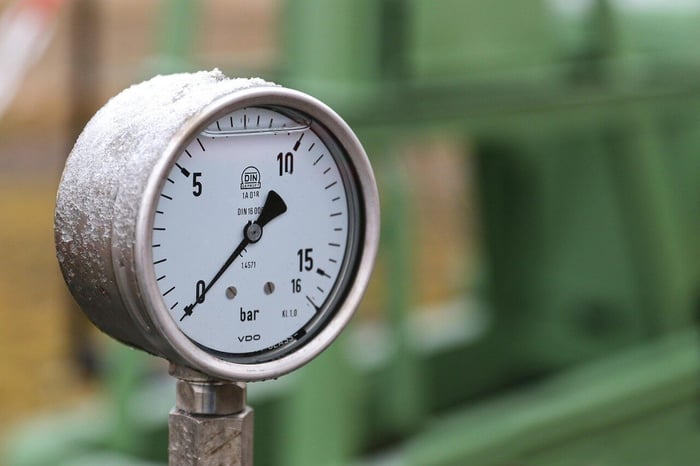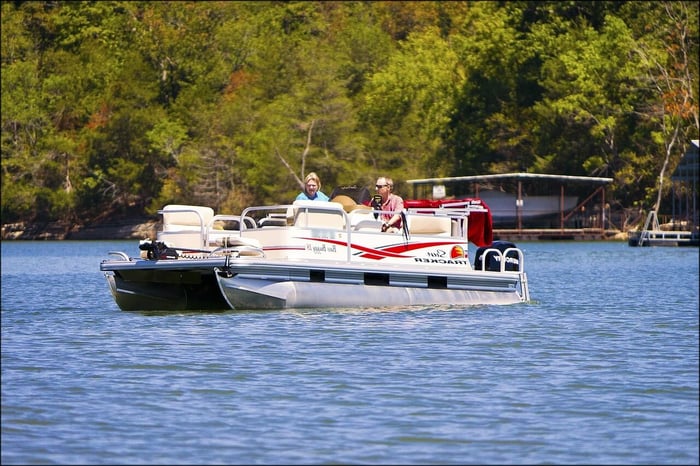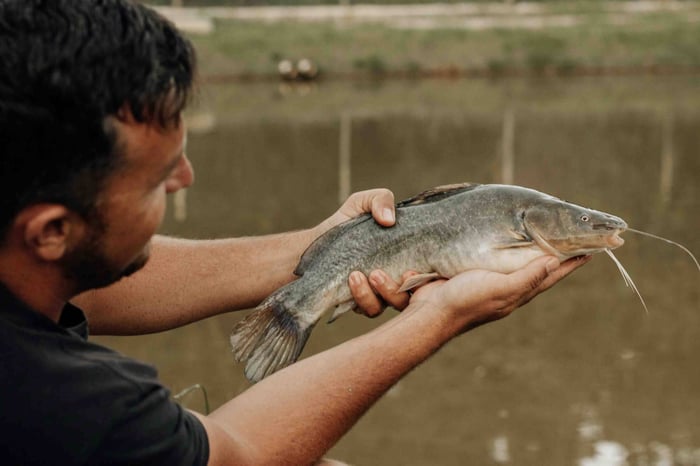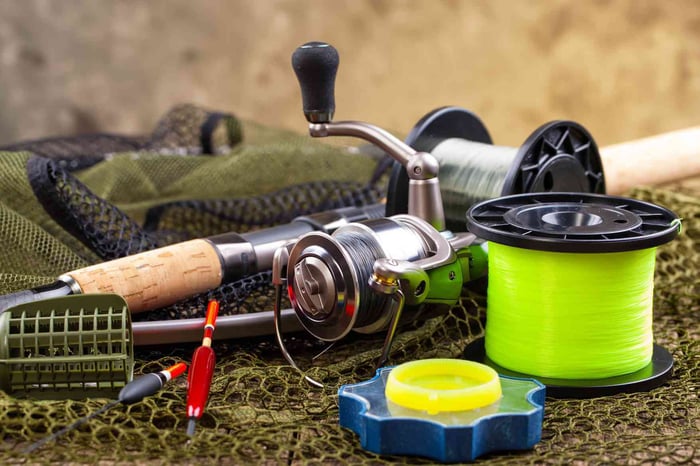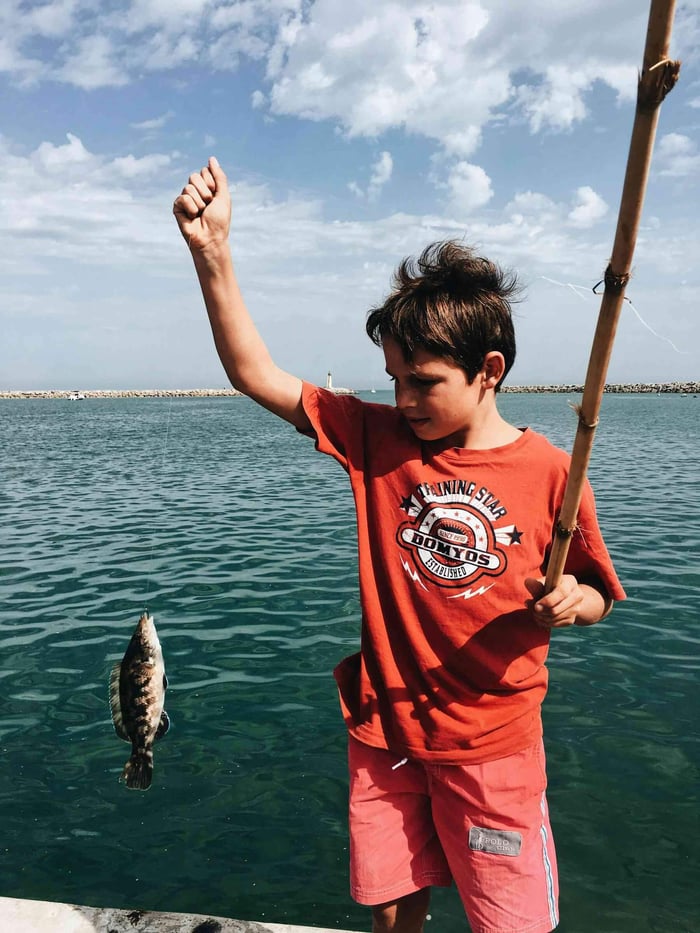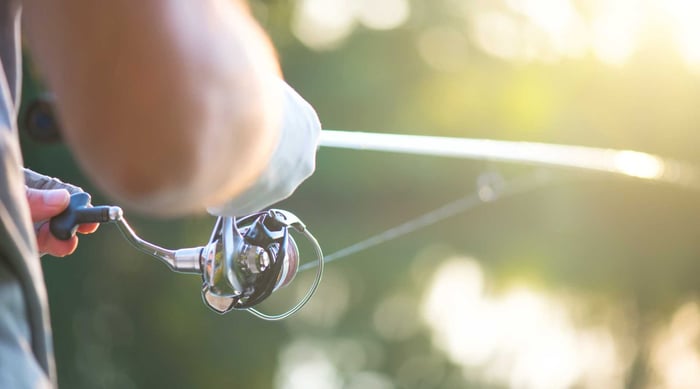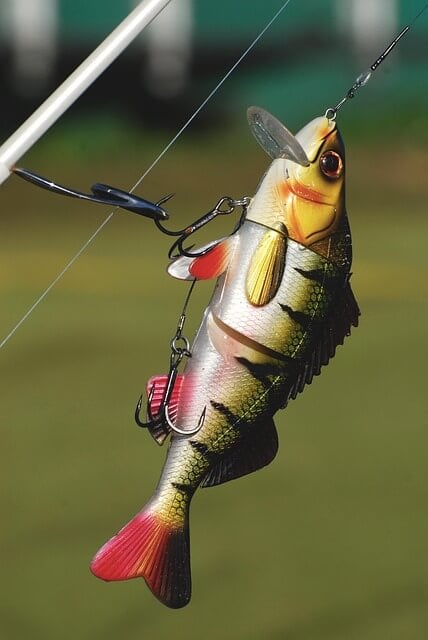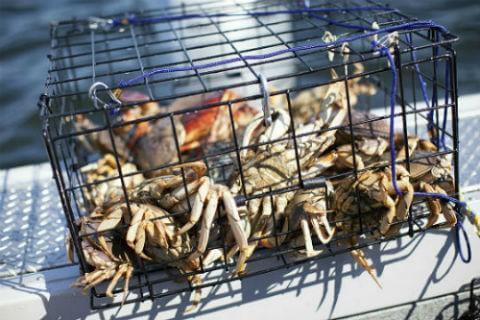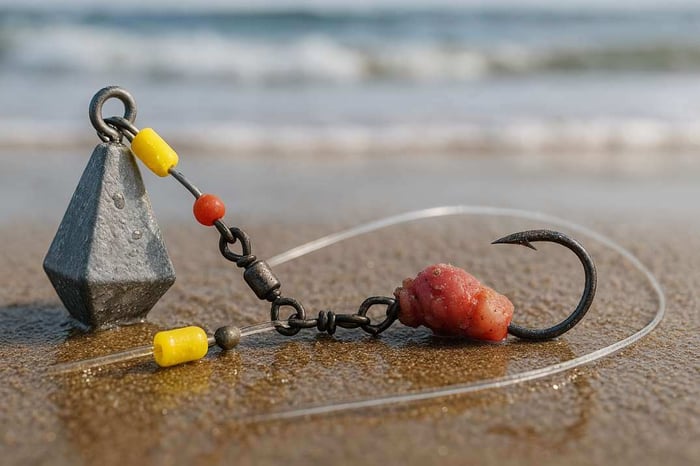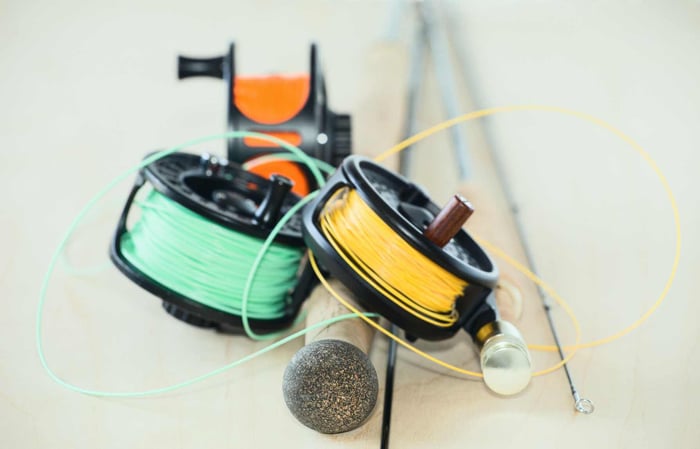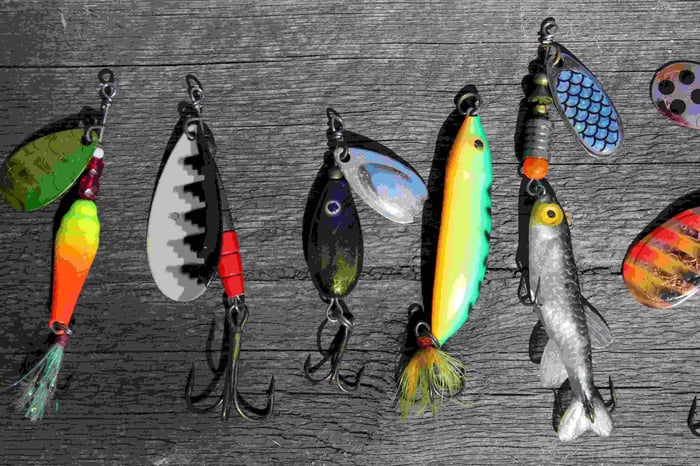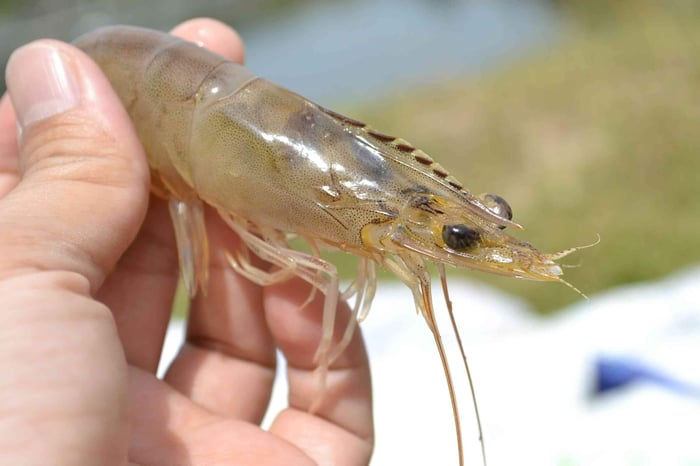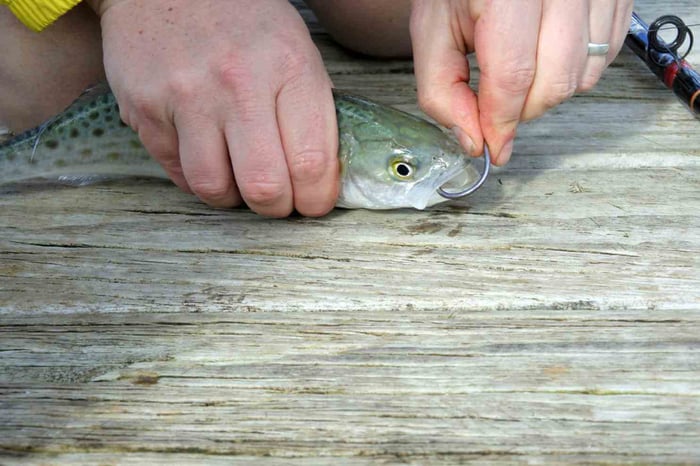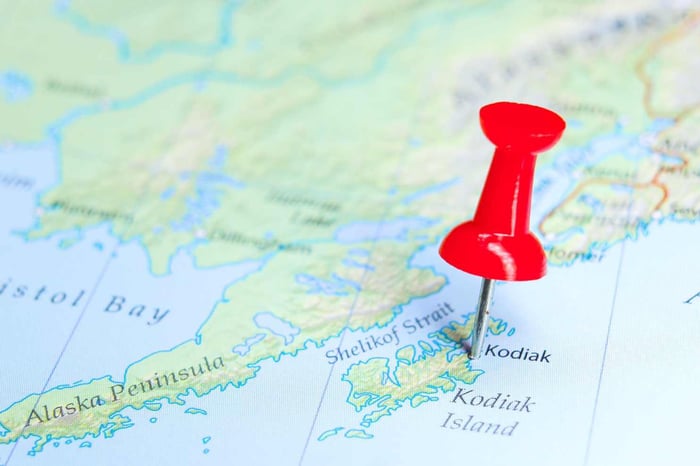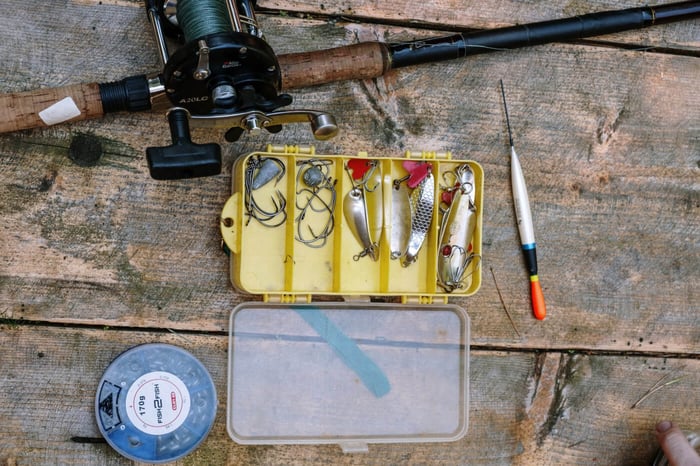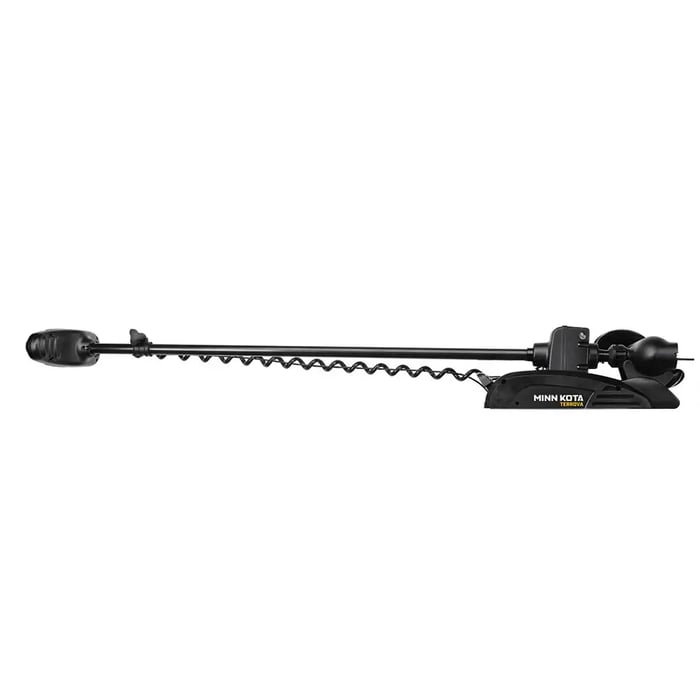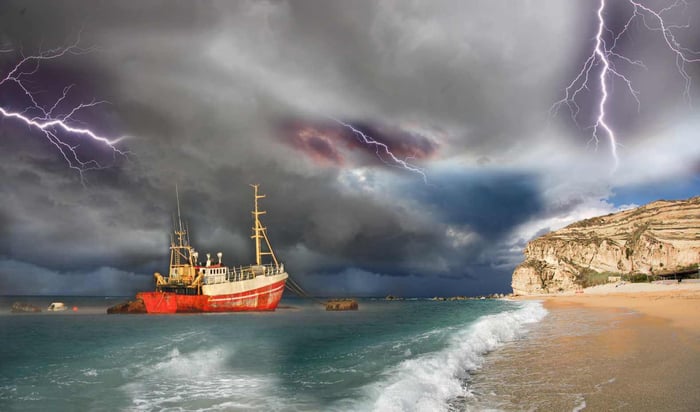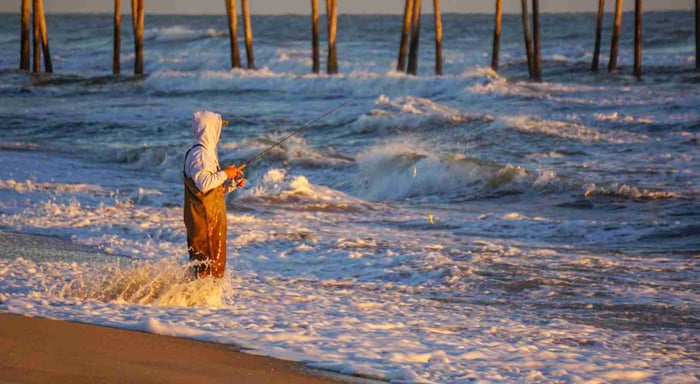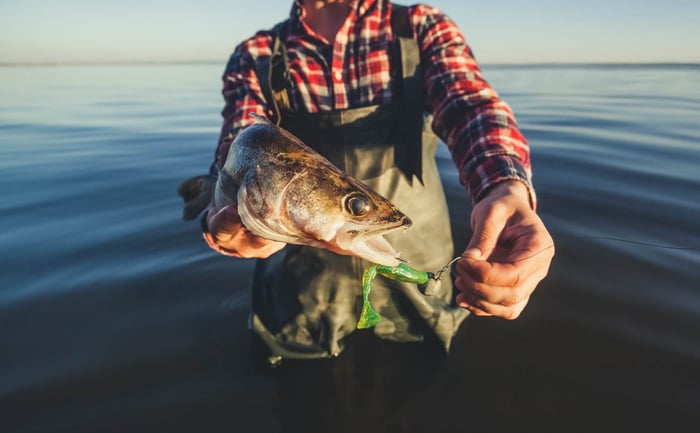Table of Contents
- Fishing Success and Weather Patterns
- Understanding Barometric Pressure
- How Fish Respond to Changes in Pressure
- The Impact of Pressure on Different Water Bodies
- Reading and Interpreting Weather Data
- Tactics for Fishing in Different Pressure Conditions
- Myths and Misconceptions About Fishing and Barometric Pressure
- Final Thoughts: Know The Ideal Barometric Pressure
Fishing Success and Weather Patterns
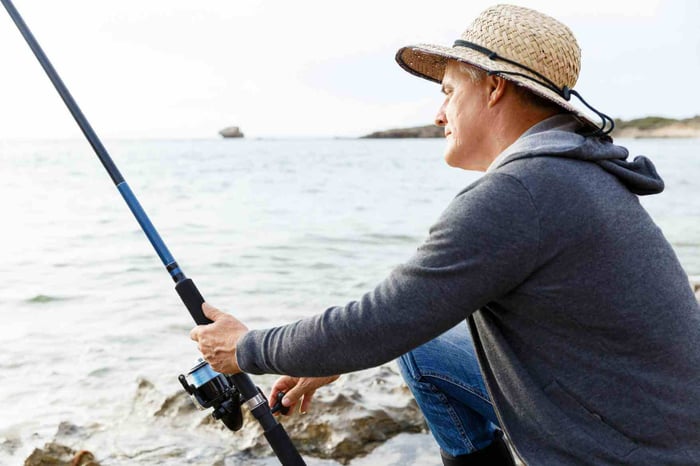
Have you ever wondered why, on some days, catching fish seems effortless? While on other days, you can't even muster up a bite? And that's after you've ensured everything is the same. From the location, the bait, and the technique.
The results are highly unpredictable. Guilt lies with the invisible but mighty barometer: barometric pressure.
Atmospheric pressure, or barometric pressure, is the weight of air on the Earth and everything it holds. It includes oceans, rivers, and lakes where fish exist.
So much can happen to fish because of even slight shifts in this pressure, from where in the water column they will be, to whether they will eat or not.
Most anglers don't give enough attention to this crucial factor. They're mostly content to rely on weather reports or water temperature. But hear me out: pressure is the difference between a bountiful catch and an empty one.
In this article, we'll provide you with a guide for understanding how the pressure of the weather changes, why fish react the way they do, and most significantly, how you can leverage the understanding to make more productive fishing trips. Everyone is welcome here.
It doesn't really matter if you're a seasoned veteran or a first-time angler. We made this guide for you. The fact that you're here to know about barometric pressure trends is already a win. This will provide a great advantage for you out in the water the next time you sail.
Understanding Barometric Pressure
Air pressure, or barometric pressure, is merely the heaviness of air lying upon the Earth's surface. Invisible yet everywhere, it is always shifting as the weather changes. Barometric pressure is the most significant environmental factor affecting fish activity and behavior when fishing.
Measurement
First, let's address the million-dollar question: How is it measured? Barometric pressure is typically measured in two units: millibars (mb) and inches of mercury (Hg). Standard sea-level atmospheric pressure is approximately 1013 millibars or 29.92 inches of mercury.
It does not require a meteorologist to monitor it. Barometers, electronic weather stations, and most smartphone applications can be used to display real-time pressure readings and trends.
All About Pressure Systems
Next, what are pressure systems? What do you mean by high pressure vs. low pressure? Pressure readings reflect the motion of major weather patterns.
High-pressure systems, also known as "fair weather systems," occur when heavy, cool air sinks to the Earth's surface, creating fair weather and blue skies. Low-pressure systems occur when warm air rises, which causes the air above to become lighter. Lows bring clouds, wind, and rain.
As you probably already know, high-pressure systems typically occur when air is compressed and cooled. On the contrary, low-pressure systems happen when air expands and heats up.
System fronts, or weather fronts, are where the greatest amounts of change occur. Pressure falls as the front arrives. Pressure rises after it has passed.
Also, pressure trend in rising, stable, or falling manner may be more crucial to success at fishing than its measurement:
(1) Reduction of Pressure:
Usually, the indication of a front or storm passing. This is when fish become snappy, feeding in large schools as the water slows down.
(2) Consistent Pressure:
Indicates that the weather is stable. Fish will remain in usual patterns, although rates of bites will decrease if pressure has been abnormally high for numerous days.
(3) Increased Pressure:
After a front has gone through. Conditions have improved, but the fish have slowed down and are in their defensive position.
Fish have an internal air bladder, also known as a swim bladder. This tiny bladder keeps them in balance. Under pressure changes, the bladder fills with air or reduces air. After which, it becomes uncomfortable for the fish. Therefore, they must adjust the depth or slow down the movement.
That is why it is worthwhile to learn about barometric pressure trends. It allows you to predict fish movements and adjust your methods to stay ahead.
How Fish Respond to Changes in Pressure
Barometric pressure changes affect the weather only on the surface of the water. But for the fish? They literally affect (or alter) fish physiology and behavior directly underwater as well. We already discussed above how it affects the swim bladder, an inflatable organ that helps fish remain buoyant. But there's more!
On the Swim Bladder
When barometric pressure drops sharply, the swim bladder is slightly larger because there is less atmospheric pressure crushing down on it.
This inflation will cause fish to feel uneasy and puffy, much like human divers do when experiencing changes in ear pressure during altitude adjustments. To give you something familiar, it's similar to the discomfort in your ears when riding an airplane.
Fish will be able to swim deeper to overcome lower pressure or be less inclined to chase rapid lures.
Conversely, during pressure increases, the bladder becomes compressed, causing the fish to stick close to the bottom or remain inactive until they acclimate.
On the Feeding Triggers
Here's a fun fact for you: pressure changes are extremely good feeding triggers for fish.
Pre-Frontal Feeding Frenzies
As the pressure begins to decline before a storm or cold front, most species will instinctively start to feed hard.
They sense the impending weather instability and capitalize on it before conditions around them become unfavorable.
It is usually the best opportunity to hook active fish.
Post-Front Slow Times
After following a front, and pressure builds up quickly, fish fall behind and become less aggressive. Such times are more finicky and patient-demanding to achieve bites.
On Distinct Behavioral Patterns
Fish are known to change their depth and location in response to pressure trends.
In fact, under declining pressure, fish tend to drop into shallower water or suspend higher in the water column. They are also more easily targeted using moving lures.
Under rising or stable high pressure, fish tend to return deeper into cover, e.g., underwater structures or drop-offs, and will favor slower presentations.
Overall, it often drops during high-pressure conditions, requiring lighter line, smaller baits, and less aggressive approaches.
Addtnl: Species-Specific Differences
Let me start by saying, not all fish respond the same.
Bass often feed actively when the pressure drops, but stop biting once the pressure stays steady.
Trout are pressure-sensitive but will remain active for longer in cold, flowing water.
Redfish and snook are also saltwater species that feed intensively in the days leading up to low-pressure systems. They are also very stubborn to catch after the front has passed.
Recognizing these subtle responses can significantly enhance your ability to select the most effective places, techniques, and moments for fishing.
Being aware of how each species of fish you hunt reacts to pressure alteration is perhaps the most valuable ability that any angler can learn.
The Impact of Pressure on Different Water Bodies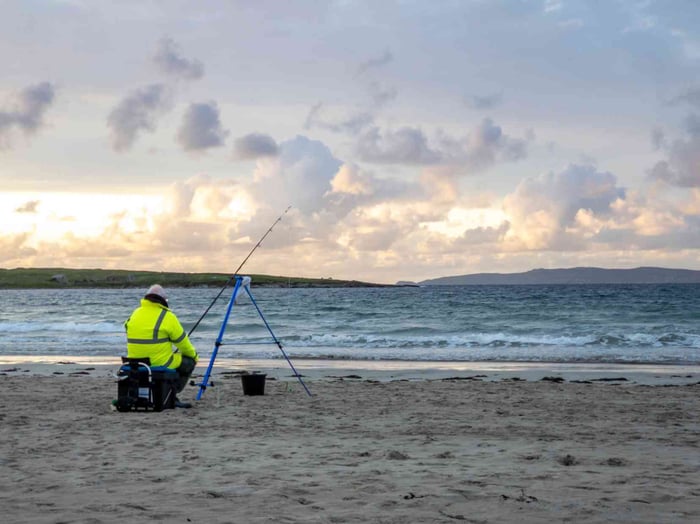
Barometric pressure affects all aquatic systems, but its impact varies depending on the type of water body. Of course, it becomes easier to adjust your strategies wherever you go fishing by knowing these details.
Lakes and Reservoirs
Pressure in lakes and reservoirs interacts with thermal layers (thermoclines) as well as water clarity.
With declining pressure, fish move to shallower depths or float above cover because the low light levels and high oxygen levels make them secure and more accepting of feeding.
During high-pressure conditions with sun exposure, however, fish are forced to move deeper into cold, dark layers where they become less exposed.
Clear-water lakes make fish more sensitive to pressure changes, so you need to cast accurately and use a quiet, natural lure approach.
Rivers
Flowing water in rivers softens the impact of pressure changes but doesn’t remove it completely. When pressure drops, river fish become active and feed in areas such as current breaks, log jams, or shallow flats.
When pressure rises, they hide in calmer spots, such as behind rocks, undercut banks, or deep pools.
Fast-moving water helps smooth out pressure swings, so fish don’t shut down as hard after a front.
Coastal Saltwater Habitats
Saltwater fisheries add an additional layer of difficulty, with tides, wind, and barometric pressure all combined.
Falling pressure preceding storms typically occurs with more intense wind and rough water, which can trigger intense feeding windows as confused baitfish become more accessible.
Increasing pressure following a system's passage tends to yield more tranquil, clearer water, making fish more wary.
Tides remain the largest spur to movement, but combining tidal predictions with pressure trends can be employed to target the best times to fish specifically.
Ice Fishing Situations
Throughout winter, pressure changes continue to influence the behavior of fish under the ice. Falling pressure has a tendency to make fish more cooperative to take the bait, especially after snowstorms.
Rising pressure after the winter season might induce prolonged periods of inactivity.
Ice blocks some light. Therefore, fish underneath it can become extra sensitive to pressure changes. So, as soon as things settle down, you should use lighter baits and jig more slowly to get bites.
Reading and Interpreting Weather Data
Watchful observation and interpretation of the weather will actually forecast fish activity. With such technology, it has never been simpler. This is good news for you and me.
To make it easier, here are some useful tools to locate pressure readings:
Weather Websites: Websites like NOAA, AccuWeather, and Weather.com provide real-time pressure readings and hour-by-hour forecasts.
Fishing Apps: Apps such as Fishbrain, MyRadar, and Windy collect not only barometric data but also a wealth of additional information, including phases of the moon and tides, for a more comprehensive view.
Barometric Instruments: Weather stations or handheld barometers provide real-time readings. This is very helpful in out-of-the-way areas with limited cell coverage.
But after that, how do you read the patterns in forecasts? Well, it's not just a question of glancing at the present figure. It's one of seeing trends. Look for the following signs:
They generally indicate that a front is on the way; fish activity will be strong for most of the day.
A clocked pressure rise generally indicates postfrontal conditions, with generally good weather and inactive fish expected.
Consistent pressure for several days indicates that fish have fallen into a routine.
Overall, pressure history is usually plotted as line graphs on most sites and programs. Reading them enables you to plot trips more accurately.
Descending pressure is a downward motion. While increasing pressure is an upward motion. Identify the point where the line begins to flatten out after a steep change. That's around when fish acclimate to new conditions.
But, is pressure all that? Pressure alone is not the entire tale. Add in temperature, wind direction, and cloud cover to truly know what is happening.
Falling pressure with bad weather and a constant breeze, for instance, can initiate a bite.
Merging this information gives you more informed decisions regarding where and when to fish, making you more likely to catch fish.
Tactics for Fishing in Different Pressure Conditions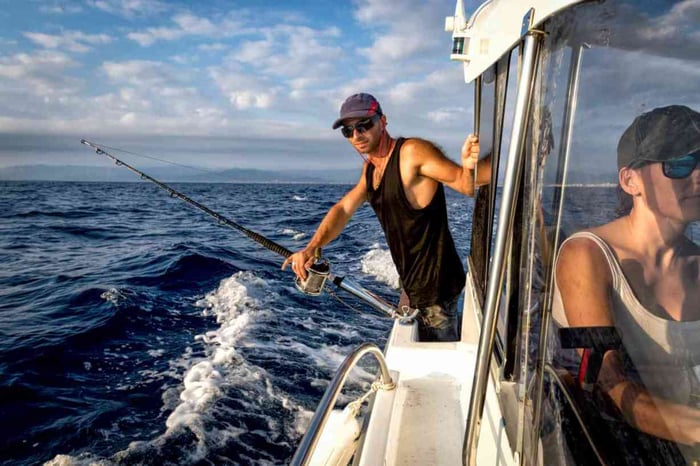
High Pressure (Fair Weather)
Blue skies and high sun indicate that barometric pressure is at its highest. The weather is satisfactory, but fishing may be difficult. Fish move into deeper water, become cautious, and refuse to feed as aggressively.
Tactics:
Target deeper areas, such as ledges, drop-offs, or brush piles sunk into a depression. This is where you can see fish feel more at ease.
Use smart techniques like drop-shot rigs, Ned rigs, or wacky rigs to catch finicky biters.
Downsize your line and lures to introduce more naturally.
Be very careful about fishing slowly and precisely; wild or flashy lures tend to spook pressured fish in this situation.
Falling Pressure (Approaching Front)
This is generally the most productive time. When pressure drops during a storm or the approach of a cold front, fish notice and feed voraciously. The bite can turn on overnight in a few minutes.
Tactics:
Race across water with quickly moving lures like crankbaits, spinnerbaits, or swimbaits.
Target active feeding grounds, including shallow flats, points, and weed lines.
Don't hold back. Big baits and big noises work because fish struggle to eat.
Utilize the window before the front arrives, as the bite will quickly shut off once poor conditions are encountered.
Low Pressure (Stormy Weather)
During pressure systems, the bite can be in either direction. In some cases, fish are active, especially during cloudy, windy conditions. But heavy storms and murky water will limit feeding activity.
Tactics:
Focus on shallow bite windows. Fish may push up into warmer or more oxygenated areas.
Employ reaction lures like jerkbaits or chatterbaits to trigger strikes out of instinct, not necessity.
Look for sheltered areas in the event the wind or waves increase, especially in lakes or offshore areas.
Rising Pressure (Post-Front)
Pressure rises rapidly following a front passage, and fish are slow and cautious. It's one of the tougher times to fish, requiring patience and precision.
Tactics:
Slow down with systematic presentations, such as jigs or soft plastics.
Fish near cover. Trees that are washed down, rock groups, and docks where fish hide.
Try vertical presentations in deeper water. For example, consider jigging or drop-shotting.
Myths and Misconceptions About Fishing and Barometric Pressure
Barometric pressure has a significant influence on the behavior of fish, but it's also shrouded in ancient myths. One of them is that "fish won't bite at all in high pressure." This is wrong. It may slow down feeding activity, but fish don't stop eating entirely.
When the pressure is high, fish often move deeper or become more selective. Get this: they’re more likely to bite small, gentle baits instead of big, flashy ones. So, make sure to pick your baits wisely!
Fishermen who think tough days aren’t worth trying often miss out because they don’t change how they fish.
The second fallacy is that "barometric pressure doesn't matter." It is discounted by some as nothing more than an old wives' tale told by superstitious fishermen.
However, centuries of observation and dozens of studies have verified that fish do react to pressure changes, primarily due to the impact on their swim bladders and comfort.
And honestly? To rule this out is to ignore one of the most obvious consistencies for when fish will be active.
It's essential to note, however, that barometric pressure is just one factor. Water temperature, light penetration, seasonality, and the moon all influence the behavior of fish.
An increase in the trend of pressure on a warm spring afternoon, say, may not kill off the bite altogether, particularly if fish are already poised to spawn.
Finally, pressure must be viewed as part of the broader picture. If you combine your understanding of pressure and other environmental indicators, you can make more informed decisions and have greater adaptability on the water.
Final Thoughts: Know The Ideal Barometric Pressure
One thing that often gets overlooked on every fishing trip is barometric pressure. Most anglers pay attention to obvious factors, such as water temperature, wind, or cloud cover, but pressure can have a quietly significant impact.
Even small changes in pressure affect where fish go and whether they’re willing to feed.
The silver lining: you don't need to be a meteorologist to know it. See, with minimal equipment and some flexibility to alter your plan, you will start to notice plain patterns.
That is, fish shallowing up ahead of an approaching storm front, holding deep behind it, or responding differently to lure size and presentation according to changes in pressure.
If you're serious about leveling up your results, try monitoring barometric pressure when traveling.
Take note of the conditions, how the fish were behaving, and what was effective. Over time, you'll accumulate a personal playbook that dictates precisely how local fish respond to fluctuating pressure.
So the next time you're booking a fishing trip, don't simply look at the weather forecast. Observe the barometer as well.
Make the adjustment, try pressure-sensitive techniques, and discover how a small bit of science can lead to a huge success in catching many more fish for the boat.
